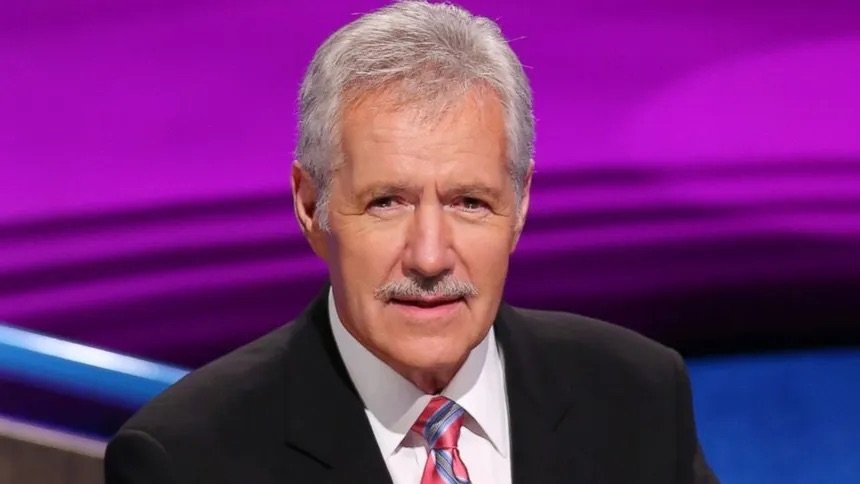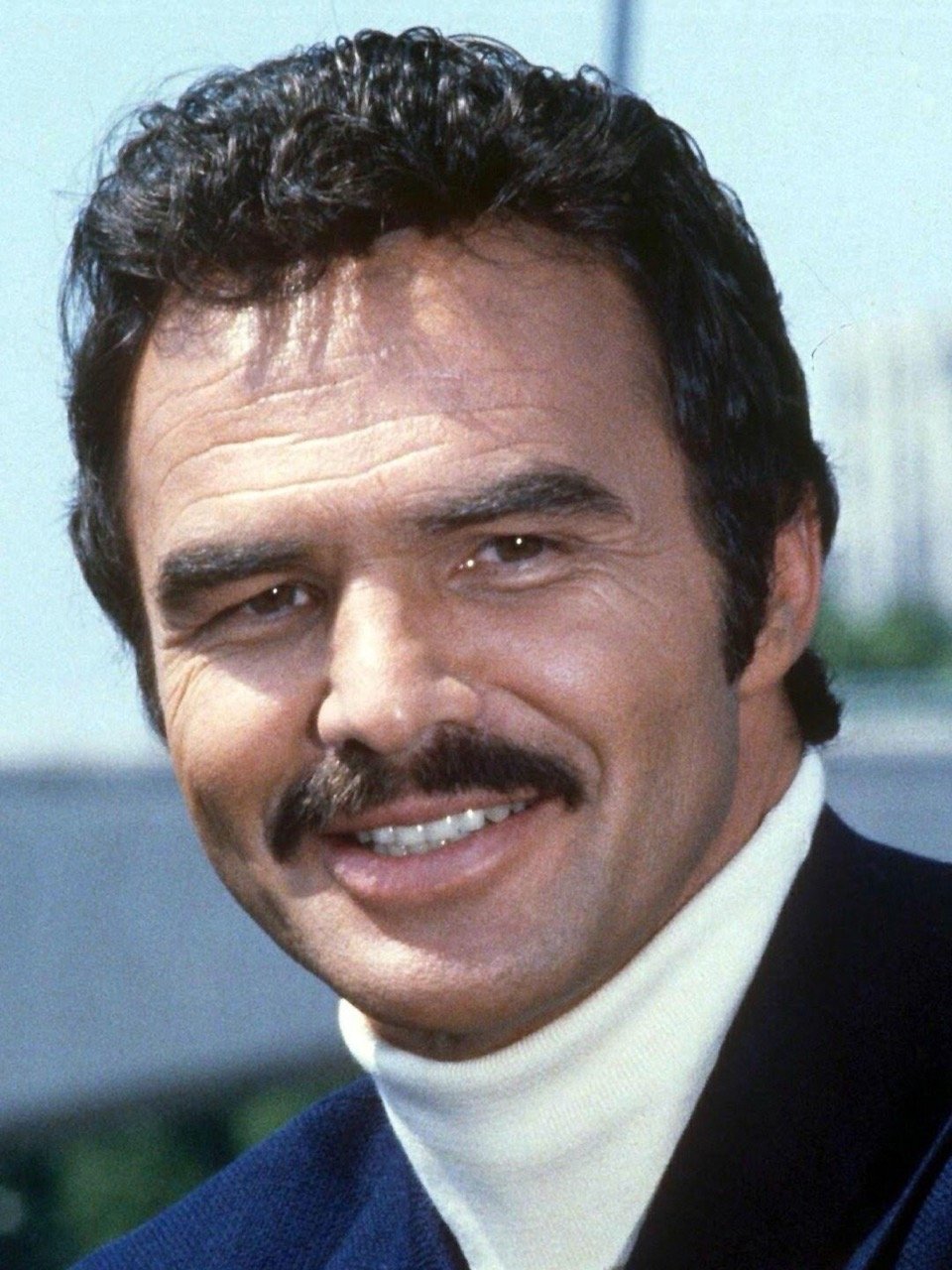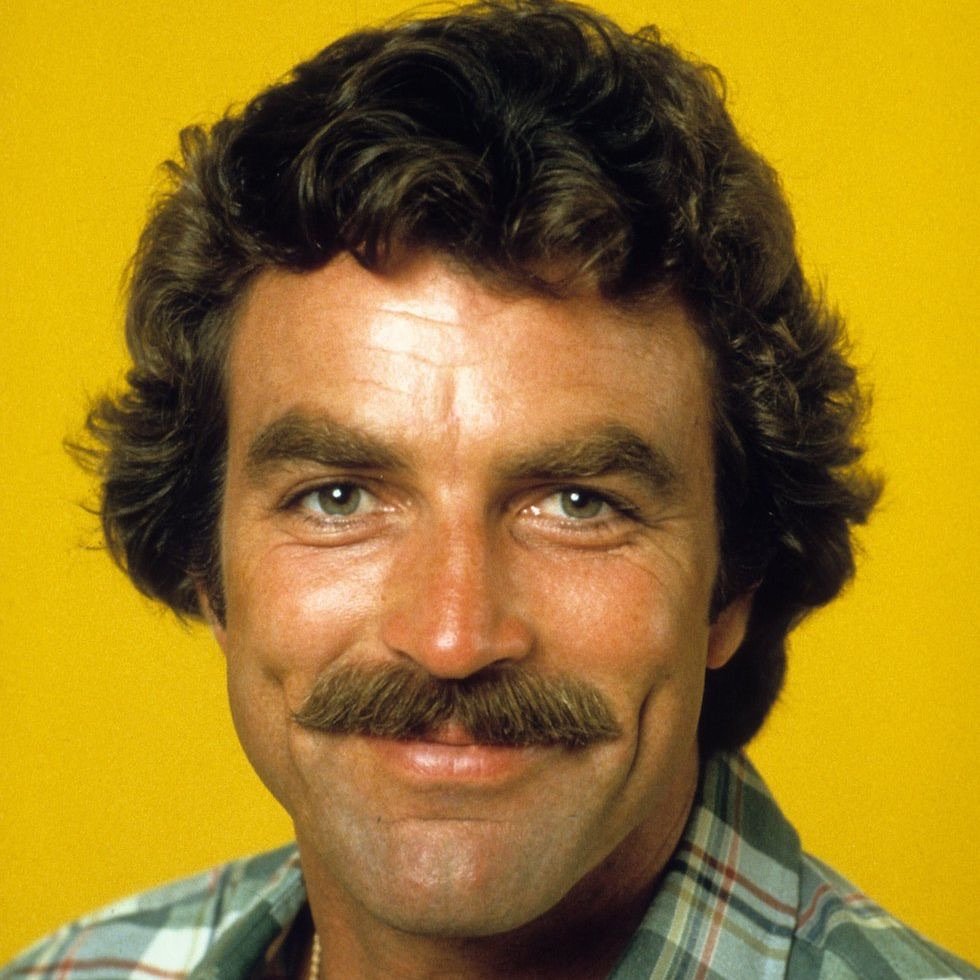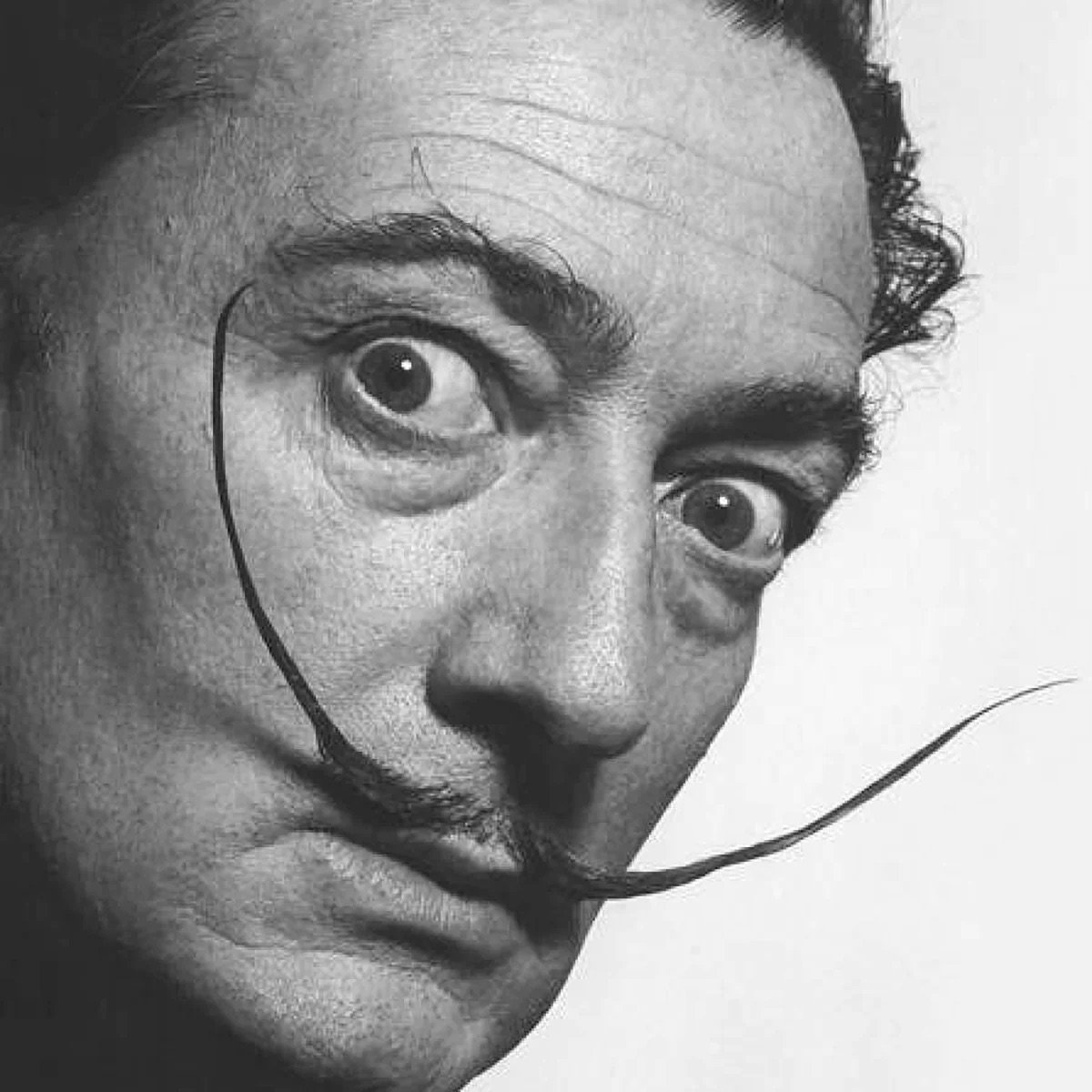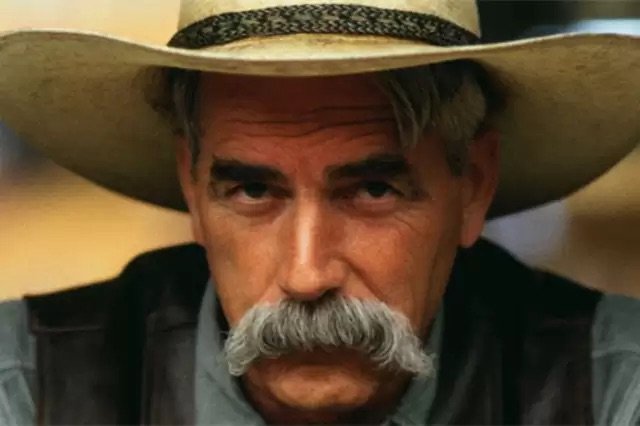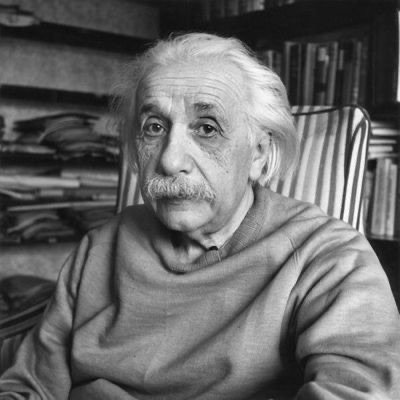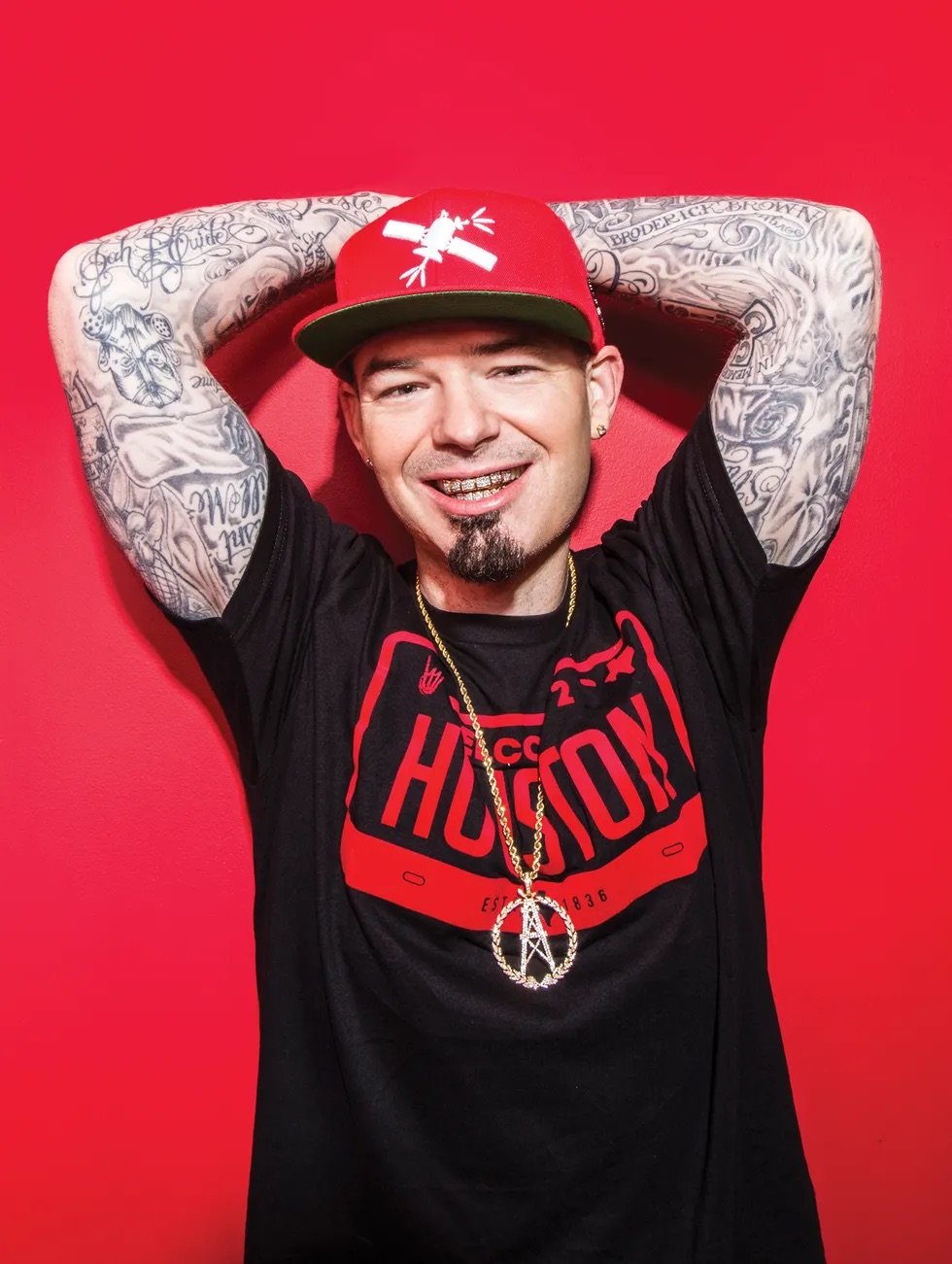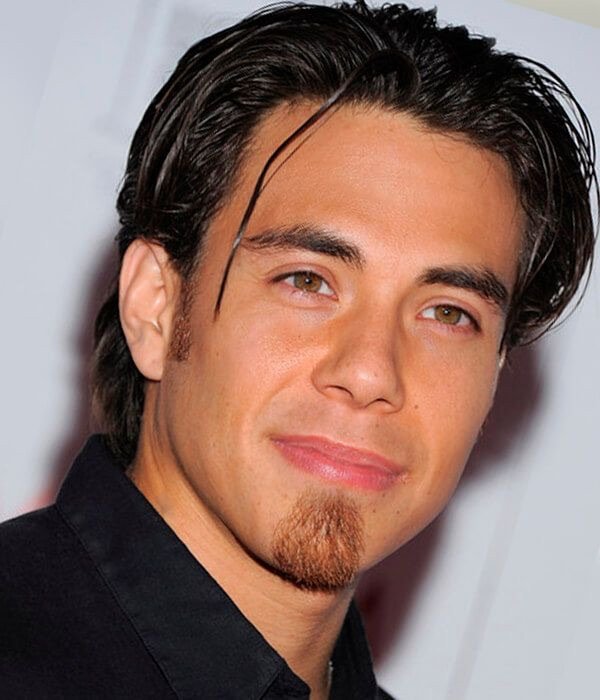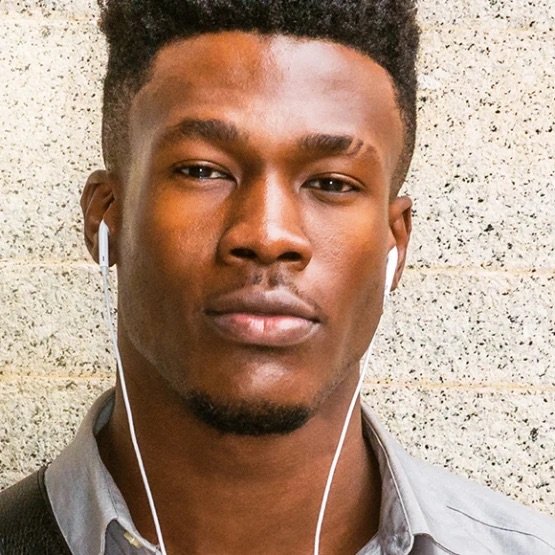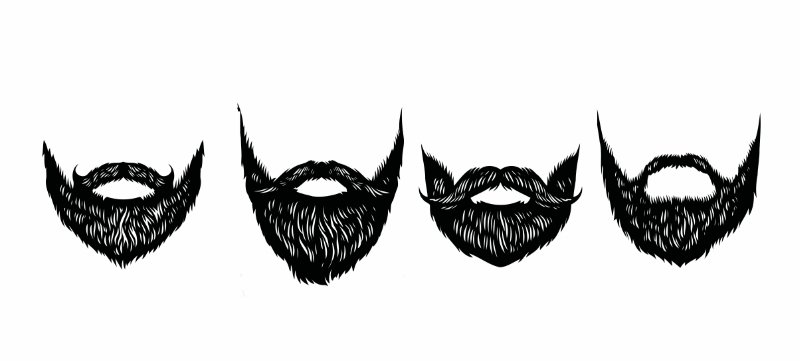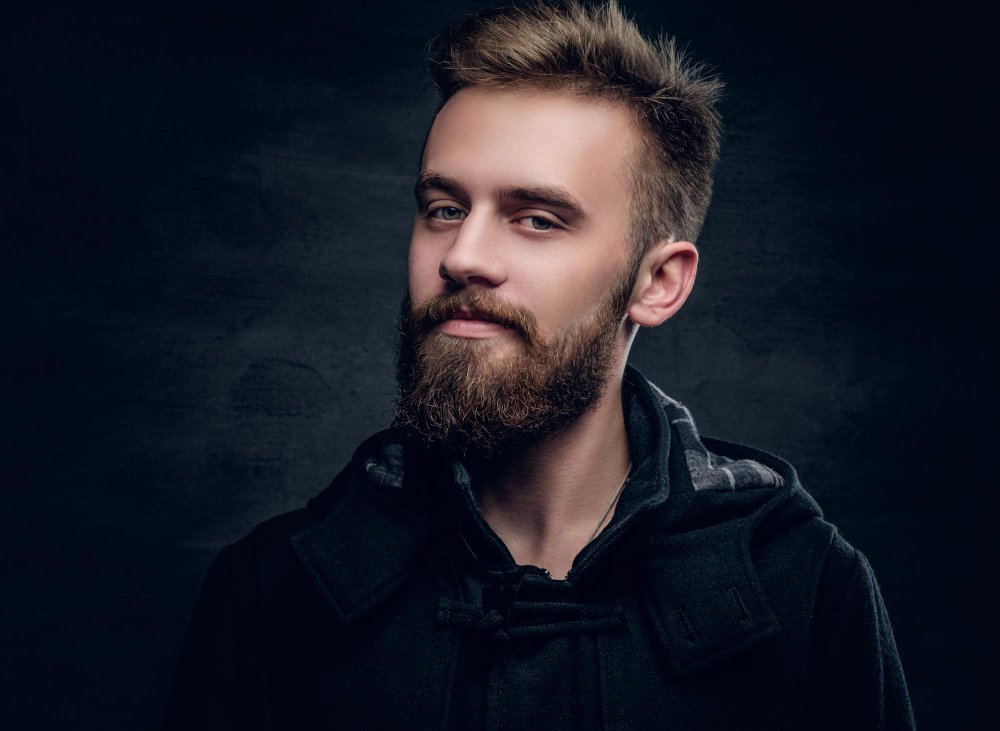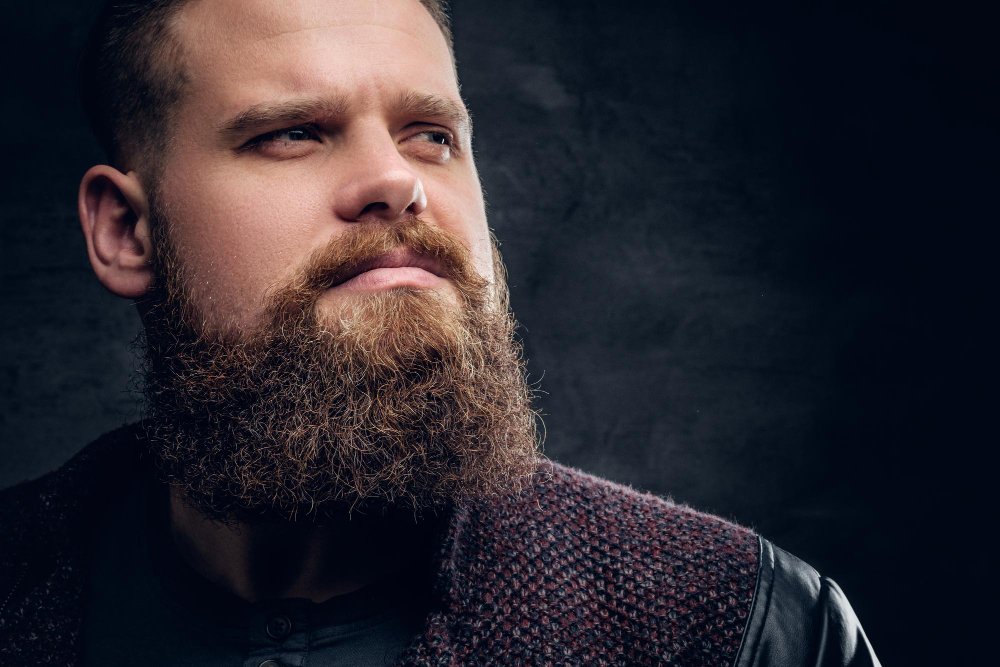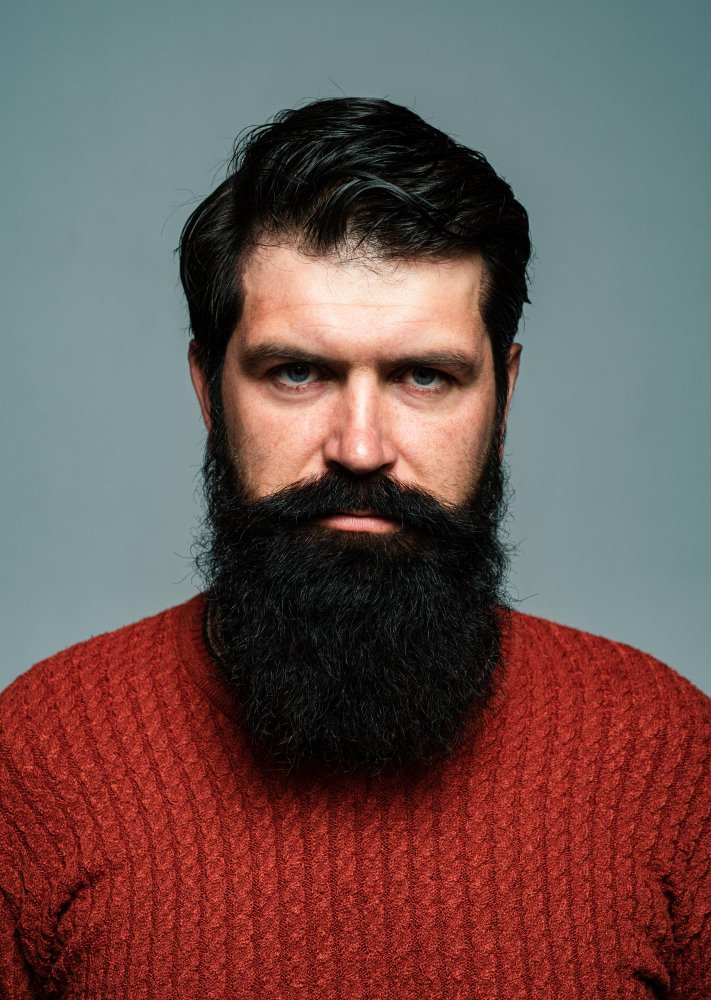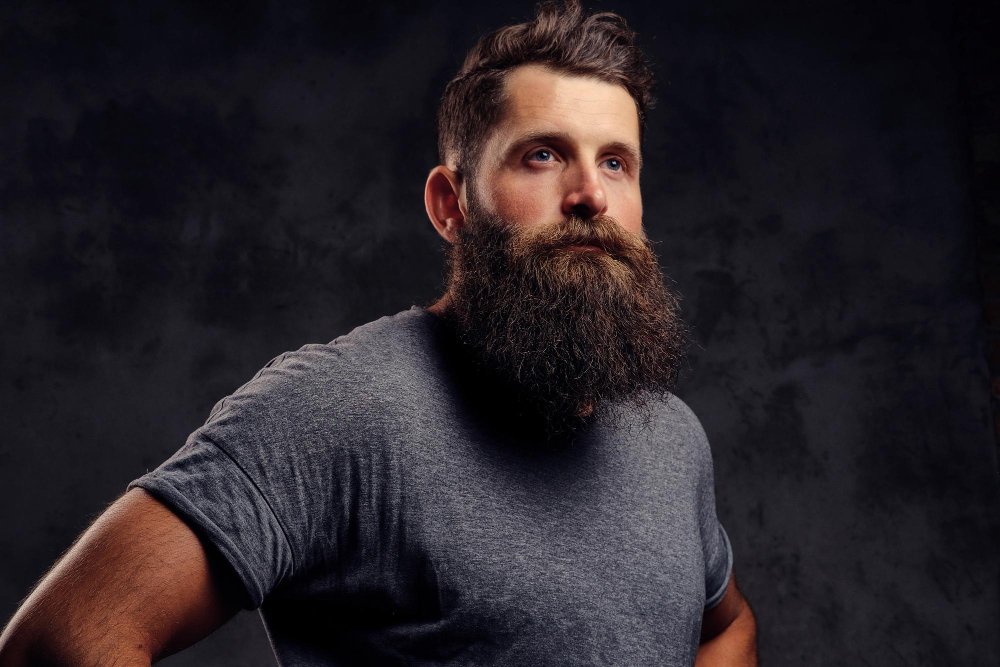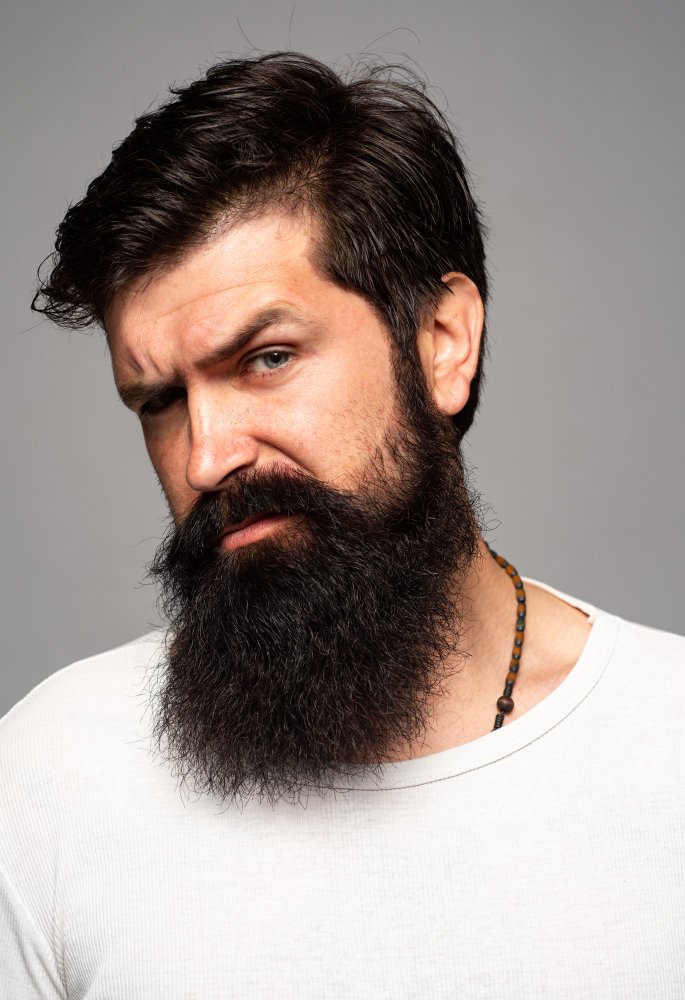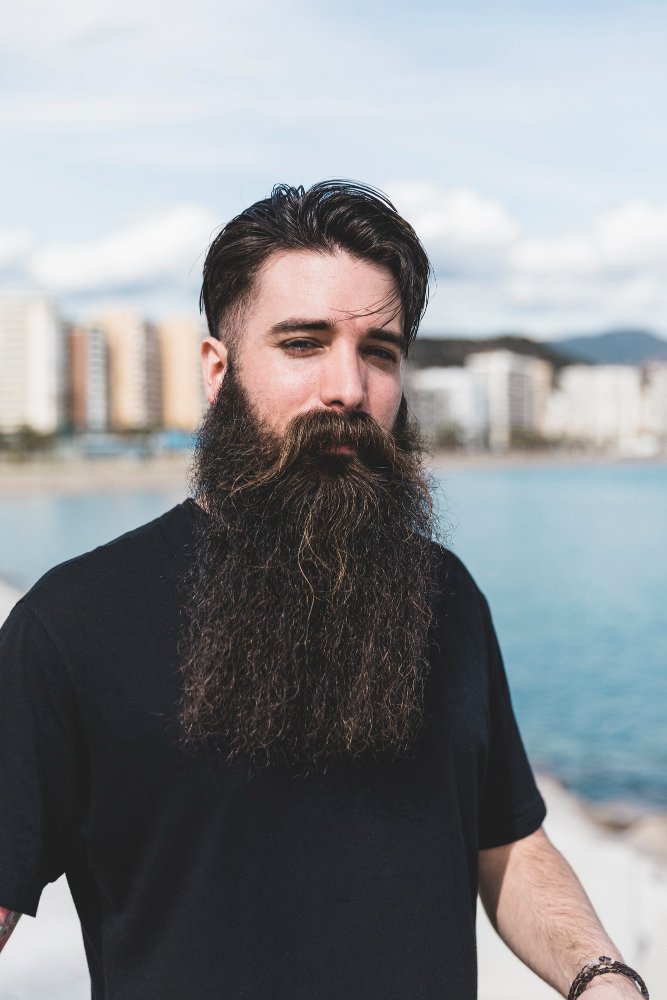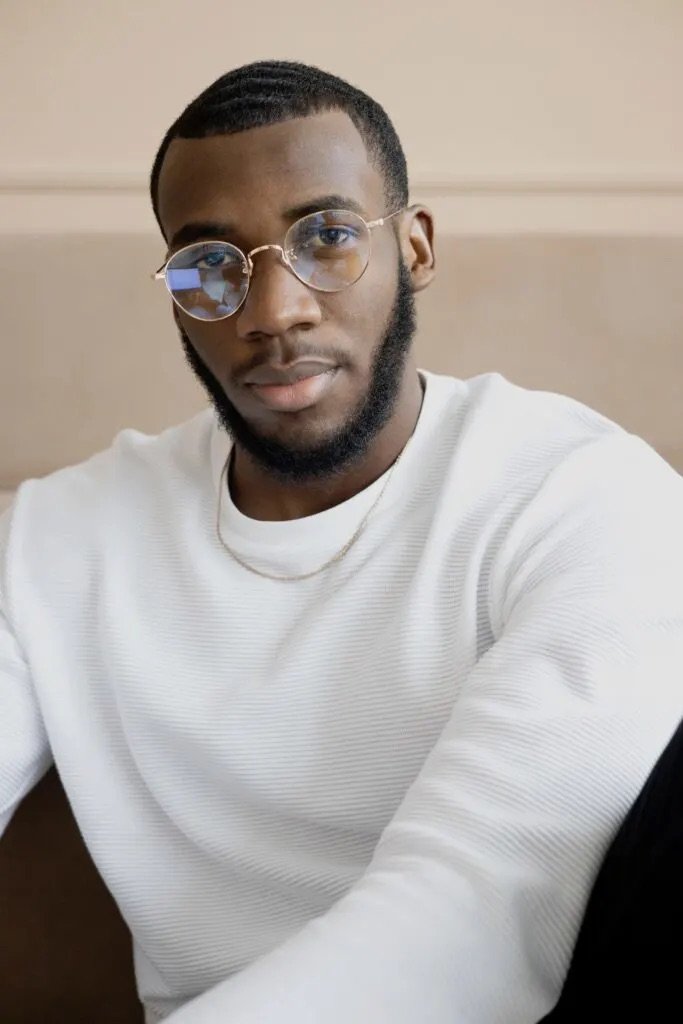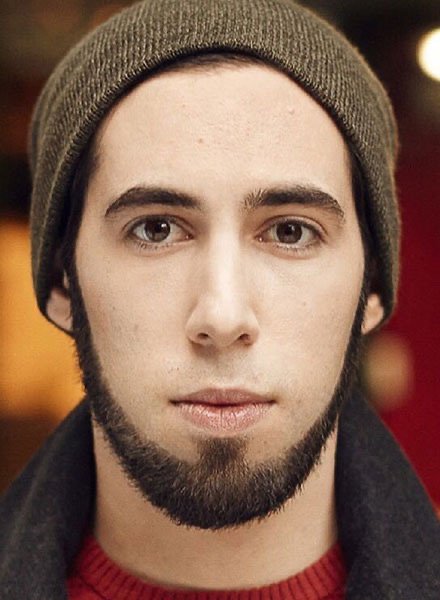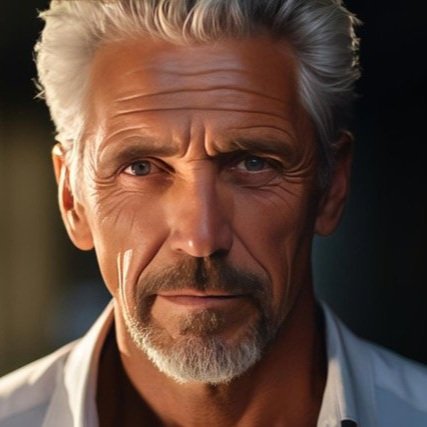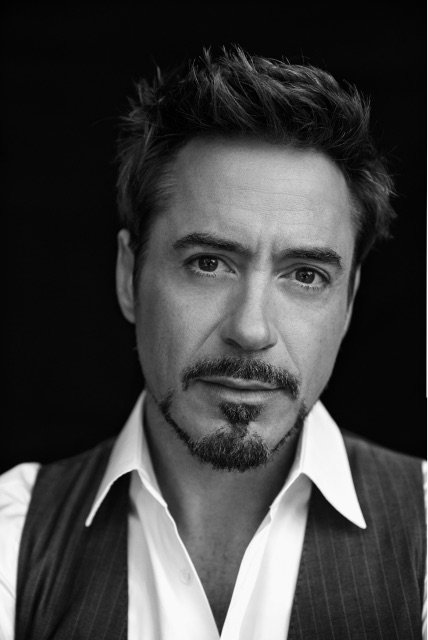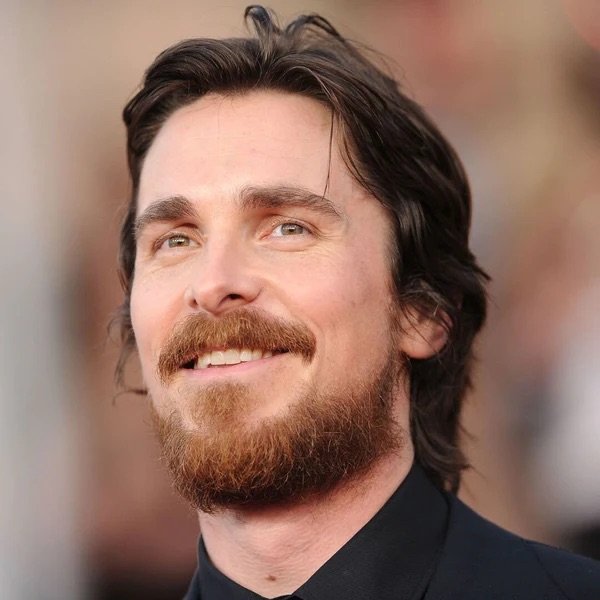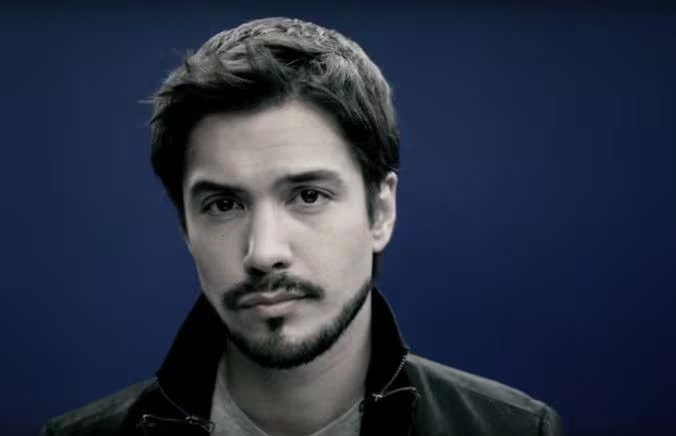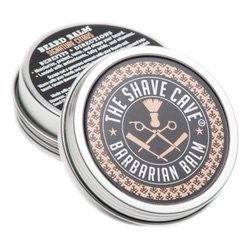In the world of the "gentleman", there are many faces, and among these faces a well-groomed appearance often takes center stage. Understanding the art of facial hair goes back millennia. From eras when beards conveyed power and wisdom to periods where a clean-shaven appearance denoted success in business and being a more professional member of society, the evolution of facial hair reflects shifting cultural trends.
Now I am happy to see that in recent years, there has been a resurgence of interest in beards and mustaches, with many men opting for fuller, well-groomed facial hair. From whatever walk of life, a well groomed beard or mustache is an appropriate choice.
In this article, we will delve into an exploration of various mustaches, beards, and the diverse range of looks that fall in between, as well as some tips in the art of grooming.
What is a Mustache
"I Mustache You a question... but I'll Shave it for later"
Typically, a mustache involves hair that is allowed to grow specifically on the upper lip area, and it may or may not extend beyond the corners of the mouth. Mustaches come in various shapes and sizes.
The Classic Mustache:
A simple and straightforward mustache that follows the upper lip's contour without extending beyond the corners of the mouth. Tampa Bay Rays broadcaster, Dewayne Staats, or the late and infamous Alex Trebek have sported the Classic Stache throughout their careers.
The Chevron:
This is a thick, full mustache that covers the entire upper lip and typically extends down past the corners of the mouth. The late Burt Reynolds wore a perfect example of the Chevron. And you can see that Tom Selleck wore a blend of the Classic and Chevron.
The Pencil Mustache:
This is a thin, narrow mustache that closely follows the upper lip's shape. It is often associated with a refined and groomed look. Classic Clark Gable made this mustache an iconic.
The Horseshoe Mustache:
Resembling an upside-down U or horseshoe, this style involves a mustache that extends down the sides of the mouth and sometimes connects to a beard. Perfect example is Clearwater's own Terry "The Hulk" Hogan. This 'stache is also sometimes referred to as the The Fu Manchu. However, to achieve a real Fu Manchu, the facial hair should be thinner and longer with strands of hair extending downward from the upper lip, often drooping below the chin.
The Handlebar Mustache:
Features long, curved ends that are styled upward and away from the face, resembling the handlebars of a bicycle. If you straighten the "handlebars" then you have what is called an English Mustache. And if you want to be extreme about it, you have the Dali Mustache, named after the great artist, Salvador Dali.
The Walrus:
This thick and bushy mustache covers the entire upper lip and can extend down over the mouth. True to its name, this mustache is reminiscent of the facial hair often seen on walruses.
Some perfect examples of the Walrus would be Sam Elliott and Albert Einstein.
The Painter's Brush:
Resembling a flat paintbrush, this mustache is characterized by its straight, horizontal shape just above the upper lip. Brad Pitt kept the look going well after he completing the filming of Inglourious Basterds in 2009.
The Toothbrush Mustache:
Or as I call it, the Chaplin. The toothbrush is a small, rectangular-shaped mustache that was popularized by Charlie Chaplin, covers the center of the upper lip while not extending beyond the nose.
I would like to take a moment to point out that this style of mustache is famous for a few reasons...
While some refer to it as a "Hitler Mustache", I prefer to call it "The Chaplin". And while there are many ways to change the world... I choose the Charlie mindset.
What is a Beard
A beard is a collection of facial hair that grows on the chin, jaw, cheeks, and neck of humans. Unlike a mustache, which is limited to the upper lip, a beard encompasses a broader area of the face.
Now I may be a little biased, but there is something special about a good beard. Beards are perhaps the most diverse category, ranging from short stubble to a long flow.
Here's a list of different types of beards:
Goatee:
This is a style where hair is grown only on the chin and lower lip, often shaped into a round or square pattern. A great starting point in the beard growing journey. If you just grow an isolated patch of hair just below the lower lip, that is considered a Soul Patch. This minimalistic style is often worn independently or in combination with other beard styles.
French Fork Beard:
This is a beard that splits into two separate sections, resembling a fork. Each section extends down the chin, and from what I hear was a popular amongst the Vikings.. which if true, I think should be called a Viking Forked Beard.
Ducktail Beard:
Like the name describes, this beard is tapered at the bottom and fuller toward the chin, resembling the shape of a duck's tail.
Garibaldi Beard:
A Garibaldi beard is a wide, full beard with rounded bottom edges. It's often longer and has a natural, unkempt appearance.
Verdi Beard:
Similar to the Garibaldi, but the Verdi is groomed to have a more polished and maintained appearance.
Corporate Beard:
The new "Clean-Cut" is now a beard! A well-groomed beard that is short and neat, often suitable for professional settings.
Full Beard:
A full beard covers the entire lower face, including the chin, jawline, and cheeks. It can be kept short or grown long. Variations of a Full Beard can include a Bandholz Beard, which has a more unkempt appearance, as well as the Yeard (Year Beard), which is a beard that is grown and untouched for a year, showcasing length and fullness.
Chin Strap Beard:
This look is a thin strip of facial hair along the jawline, resembling a strap.
(Add a mustache for a more complete look)
Brett Beard:
A unique style featuring a beard that is shorter on the sides and longer at the chin, creating a triangular shape. You can even square out where the soul patch would be for a trendier Brett.
With a great beard comes a great responsibility. Make sure you have the right products to maintain it, while also taking care of the skin that lies beneath. Healthy skin, healthy follicles, healthy beard.
Styles That Are In-Between
There are several facial hair styles that fall in between a mustache and a full beard. These styles often involve a combination of both elements, allowing for a creative and unique appearance.
Feel free to experiment with varying lengths of facial hair, creating a unique blend of styles that suits their personal taste.
Here's a list of some in-between facial hair styles:
Goatee and Mustache, or a Circle Beard:
Combining a goatee with a mustache is known as a Circle Beard. The goatee and mustache may or may not be connected. One type of Circle Beard that has a slightly longer goatee is called a Door Knocker Beard
Van Dyke:
Think "V" for Vendetta. A style that combines a mustache with a goatee, where the goatee is typically pointy and not connected to the mustache.
Extended Goatee:
A long goatee. Similar to a traditional goatee, but with the addition of facial hair extending along the jawline. This example is of Pierce Brosnan wearing an extended goatee van dyke combo.
Anchor Beard or Musketeer Beard:
Iron Man aka Robert Downey Jr. wore this style beard. Similar to the Van Dyke, an Anchor type beard combines a mustache with a small, pointed beard, sometimes creating a look reminiscent of the classic musketeer style.
Beardstache:
Features a fuller mustache combined with a shorter beard. The mustache is often more prominent than the beard.
Disconnected Beard:
A disconnected beard involves separate sections of facial hair, such as a mustache, soul patch, and chin beard, with clear divisions between them.
Some examples are:
Chin Curtain:
A beard style that covers the chin and jawline, often without sideburns. It can be paired with a mustache or worn alone. Below our red-headed friend has a thin sideburn, but still maintaining that disconnection.
Hollywoodian Beard:
A combination of a trimmed beard along the jawline and a mustache, with the sideburns and cheeks remaining clean-shaven. Christian Bale nailing this beard.
Balbo Beard:
Features a disconnected mustache, soul patch, and chin beard, creating a distinct and well-defined look. Like an anchor beard, but with the entire jawline covered.
the Three-Day Stubble with Mustache, or 5 'o' Clock Shadow:
A short, stubbly beard paired with a mustache for a casual and low-maintenance look.
This look resembles a few days of facial hair growth. It's a popular choice for a rugged and casual look.
Mutton Chops:
One word... Wolverine.
Chops are sideburns that extend down the jawline, connecting to a mustache, leaving the chin clean-shaven.
Also popular are the Friendly Mutton Chops:
Which are nothing more that traditional mutton chops but with the addition of a mustache, creating a friendlier appearance.
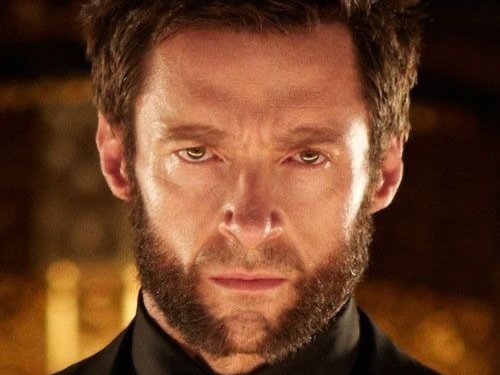
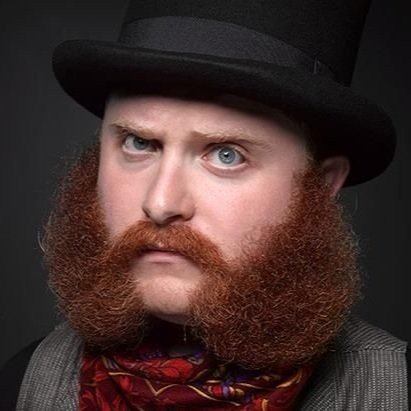
These in-between facial hair styles offer a diverse range of options for individuals who want a distinctive look that falls between a full beard and a mustache. Personal preferences and grooming choices can further customize these styles to suit individual tastes.
Maintenance and grooming:
Facial hair requires regular maintenance to keep it looking its best. This may include trimming, shaping, and conditioning. The choice of grooming products, such as beard oils or balms, can also impact the health and appearance of facial hair. A solid at home regimen is just as important as your visits with your barber.
“With great beards come a great responsibility.”
I personally use our Signature Beard Balm Signature Citrus for my beard.
Ultimately, whether someone chooses to embrace a clean-shaven look, sport a mustache, grow a beard, or experiment with different styles, facial hair serves as a canvas for self-expression and style. It's fascinating to see how this aspect of grooming has evolved and continues to be a dynamic part of individual identity.
Personal preferences play a significant role, with individuals choosing styles that align with their personality, lifestyle, and fashion sense.
Max



